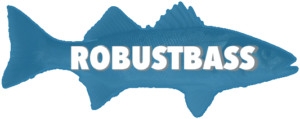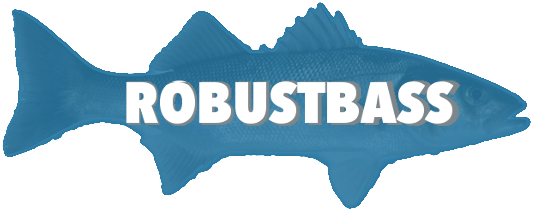RobustBass
Title: Advanced selective breeding for robustness, disease and stress resistance in European sea bass (Dicentrarchus labrax) through the use of Next Generation Sequencing techniques for genetic improvement
Funding Source: ERANET
Budget IMBBC: 25,000€
Start / End Date: 2017 - 2020
Web site URL: http://robustbass.hcmr.gr/
Project Progress: 100%
Research Directions:
Fish health
Aquaculture Genetics
Functional and Comparative genomics
Population genetics and phylogeography
Description:
 The project aims at developing biotechnological tools to improve our understanding of the genomic basis for growth and robustness in European sea bass (Dicentrarchus labrax), one of the most intensively farmed teleost species in the Mediterranean. Particular concern will be granted to increase species resistance to diseases, namely vibriosis [Vibrio (Listonella) spp.], pasteurellosis [Photobacterium (Pasteurella) damselae subsp. piscicida] and Viral Nervous Necrosis (VNN) infection. A family based breeding program, running high quality disease challenge tests on siblings to breeding candidates, can improve resistance by selecting broodstock from genetically best families. Exposing breeding candidates directly to disease to identify superior individuals is not indicated, but genomic analysis can be applied to efficiently discriminate among breeding candidates from the same family that otherwise will be ranked equally if only using family values.
The project aims at developing biotechnological tools to improve our understanding of the genomic basis for growth and robustness in European sea bass (Dicentrarchus labrax), one of the most intensively farmed teleost species in the Mediterranean. Particular concern will be granted to increase species resistance to diseases, namely vibriosis [Vibrio (Listonella) spp.], pasteurellosis [Photobacterium (Pasteurella) damselae subsp. piscicida] and Viral Nervous Necrosis (VNN) infection. A family based breeding program, running high quality disease challenge tests on siblings to breeding candidates, can improve resistance by selecting broodstock from genetically best families. Exposing breeding candidates directly to disease to identify superior individuals is not indicated, but genomic analysis can be applied to efficiently discriminate among breeding candidates from the same family that otherwise will be ranked equally if only using family values.
Therefore, genetic improvement of European sea bass through advanced selective breeding and molecular tools is expected to reduce production cost in the long term while minimise production vulnerabilities and risk. In addition, the species shows high susceptibility to stress and displays high basal cortisol concentrations. Preliminary results showed that cortisol responsiveness was a repeated trait and fish with constantly Low (LR) or High (HR) resting and post-stress cortisol concentrations were identified. Interestingly, some quantitative trait loci (QTL) that influence cortisol concentrations seem to be located in the same genomic regions with QTL suggested having an effect on weight.
Since stress is being considered as an important co-factor for reproductive dysfunctions and disease outbreaks in this species which in turn hampers production, we aim to investigate more deeply how stress response measured by cortisol level and weight/growth interfere in order to develop a promising selection index in future breeding programmes. Selection based on rigorous phenotype and genotype measurements for increased survival against pathogens and response to acute stress conditions is expected to lead to more robust future generations in the European sea bass populations.




